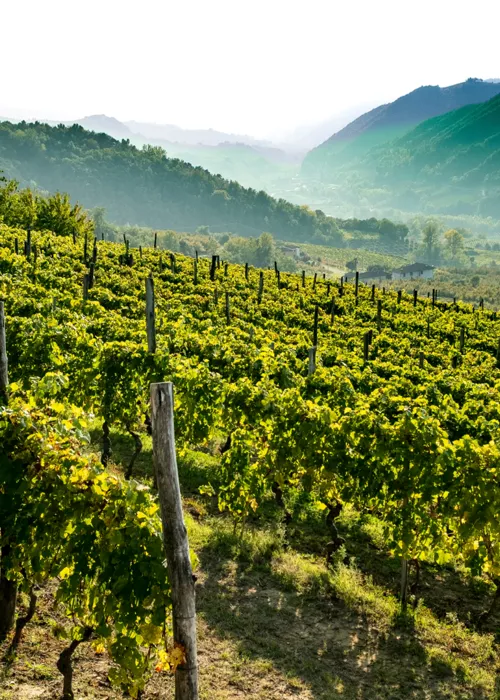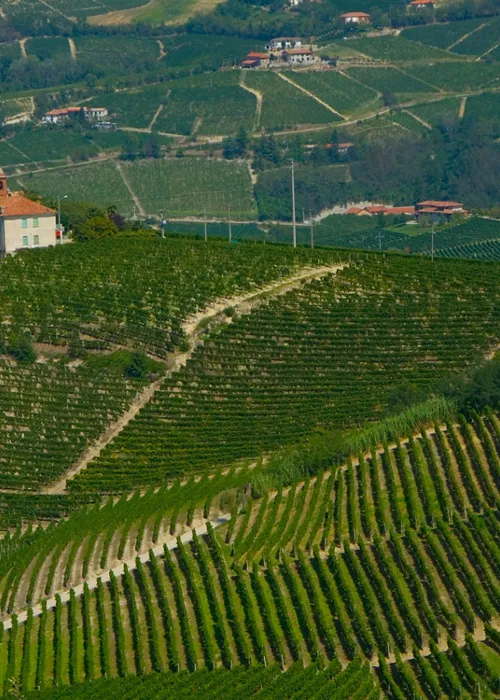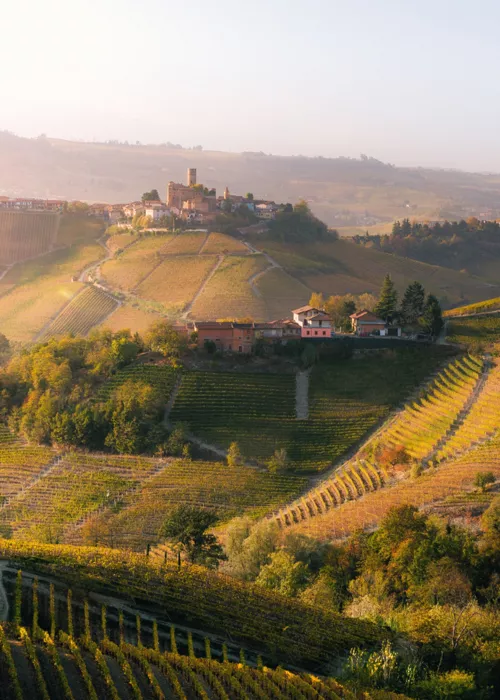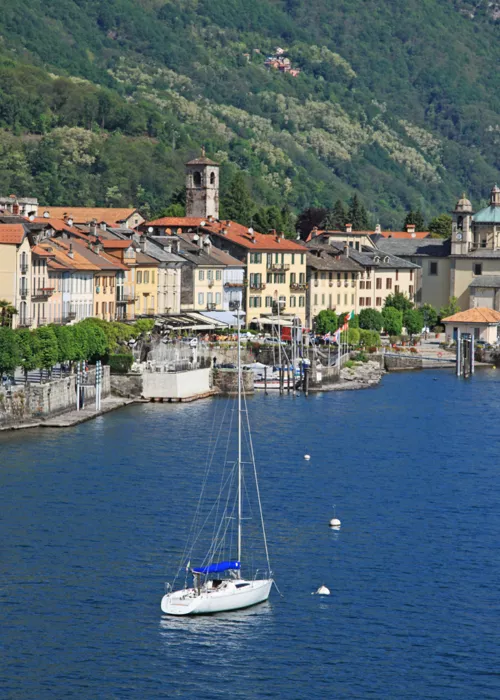Royal Gardens in the Heart of Turin

The heart of the Savoy Royal Residences is located in the center of Turin, the first capital of the Duchy and later of the Kingdom. At its core stands the Royal Palace (Palazzo Reale), which welcomes visitors like a city within the city, surrounded by the seven hectares of green space that make up the Royal Gardens, including the Ducal Garden, the Green Bastion, and the Grove. An island of culture and art to explore within the Royal Museums (Musei Reali), which, during the warmer months, host Estate Reale, a festival of music, theater, poetry, and performing arts set in some of the most fascinating spaces of the complex.
Just a short walk away, Palazzo Madama reveals a true hidden gem: the botanical garden, recreated based on medieval documents preserved in the nearby State Archives. Respecting the traditional division of the space into hortus (vegetable garden), viridarium (woodland and orchard), and iardinum domini (lord’s garden), it is now an ideal setting for concerts, workshops on medicinal herbs, and themed aperitifs.
The journey continues toward Venaria Reale, heading to the Royal Palace of Venaria (Reggia di Venaria).
The Gardens of the Royal Palace of Venaria

A true symbol of the “Crown of Delights” conceived by the House of Savoy on the outskirts of Turin, the Royal Palace of Venaria (Reggia di Venaria) stands out with its monumental 80,000-square-meter structure, showcasing some of the highest expressions of European Baroque in the Gallery of Diana, the Great Gallery, and the Chapel of St. Hubert.
Built in the mid-17th century and reopened to the public in 2007 after extensive restoration, the palace is a favorite destination for visitors from around the world, admired for the extraordinary beauty of both its interiors and its gardens. These extend over 60 hectares, divided among the Flower Garden, the Rose Garden, the Potager Royal, and the Water Theater of the Fountain of the Stag.
These spaces naturally lend themselves to hosting contemporary installations, international events, and high-profile cultural happenings.
The garden tour continues the following day at the Hunting Lodge of Stupinigi (Palazzina di Caccia di Stupinigi).
Stupinigi, Among Gardens and Exotic Animals

Built in 1729, the Hunting Lodge of Stupinigi (Palazzina di Caccia di Stupinigi), located about 10 kilometers from the center of Turin, was the starting and ending point for the royal hunts of the House of Savoy in the surrounding countryside, as well as a favorite venue for festivities and leisure activities for its guests.
Today, it is one of the most prestigious Royal Residences on the UNESCO circuit, with over 31,000 square meters of buildings and an additional 150,000 square meters of parks and green areas, freely accessible to visitors.
After the great era of royal hunting, in the 19th century Stupinigi also hosted a zoological garden with exotic animals, including ostriches, kangaroos, and even an elephant named Fritz, gifted to King Charles Felix by the Viceroy of Egypt.
The tour continues into the province of Cuneo, to Racconigi.
Racconigi Castle, a Jewel of the Cuneo Region

Continuing into the province of Cuneo, visitors encounter the impressive structure of Racconigi Castle (Castello di Racconigi), a former Savoy Royal Residence. Of medieval origin, the castle took on its elegant current appearance in the 17th century, becoming the preferred summer retreat of King Charles Albert of Savoy and his family.
It sits at the heart of a flourishing landscape of century-old trees, walking paths, and water features in a nearly 200-hectare English-style park.
Within the park, visitors can also explore the recently restored Margaria complex—a splendid example of neo-Gothic architecture. Originally conceived by Charles Albert as an experimental agricultural center and greenhouse system, it was used for flower cultivation and the wintering of plants.
Today, the Castle offers guided tours, educational workshops, performances, and wellness activities in remarkable spaces such as the Reposoir of Queen Maria Theresa, the Chapel of Blessed Albert, the High Greenhouses, the Historic Stables, the Princes’ Garden, and the newly restored natural areas of the park.










